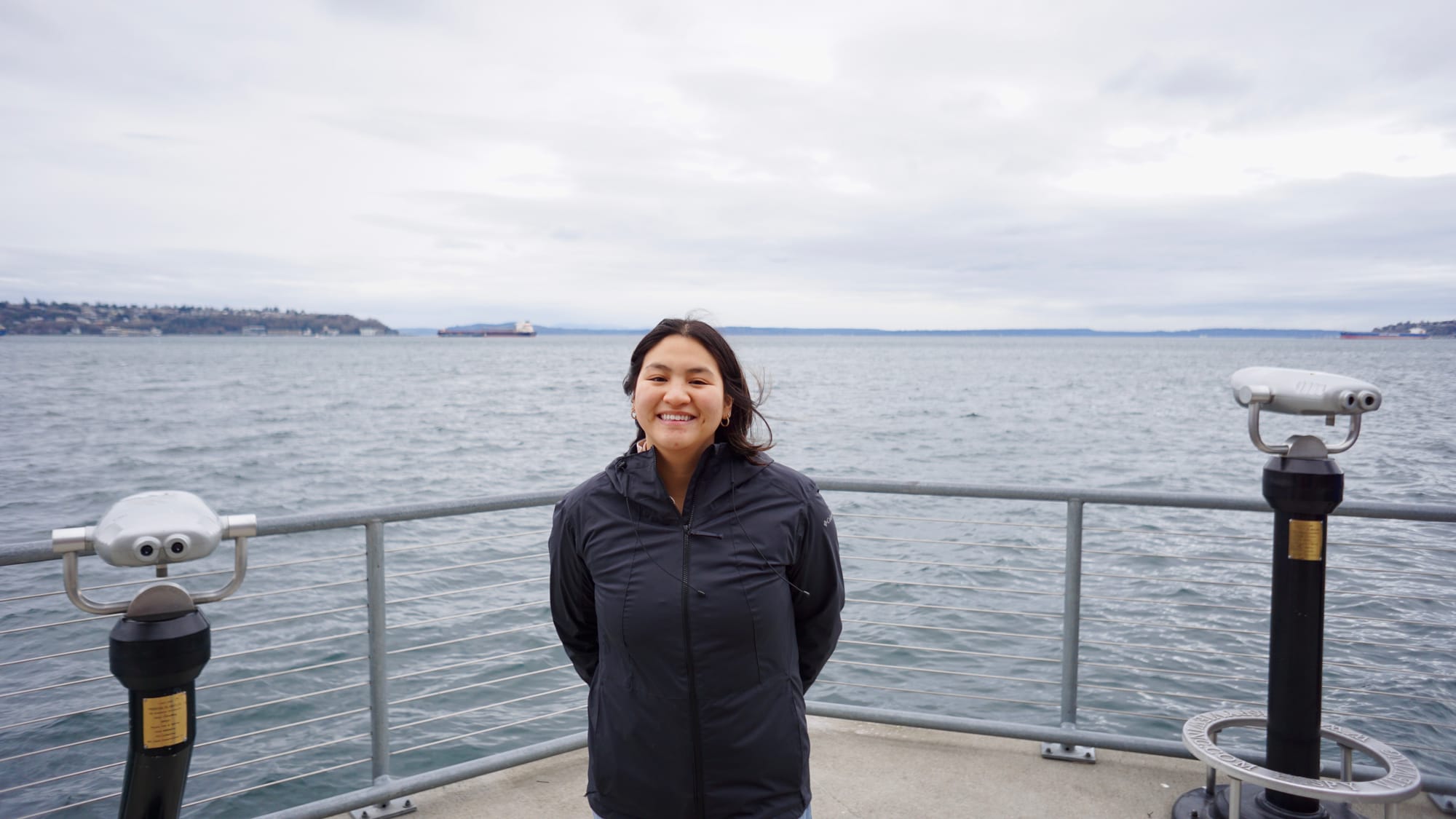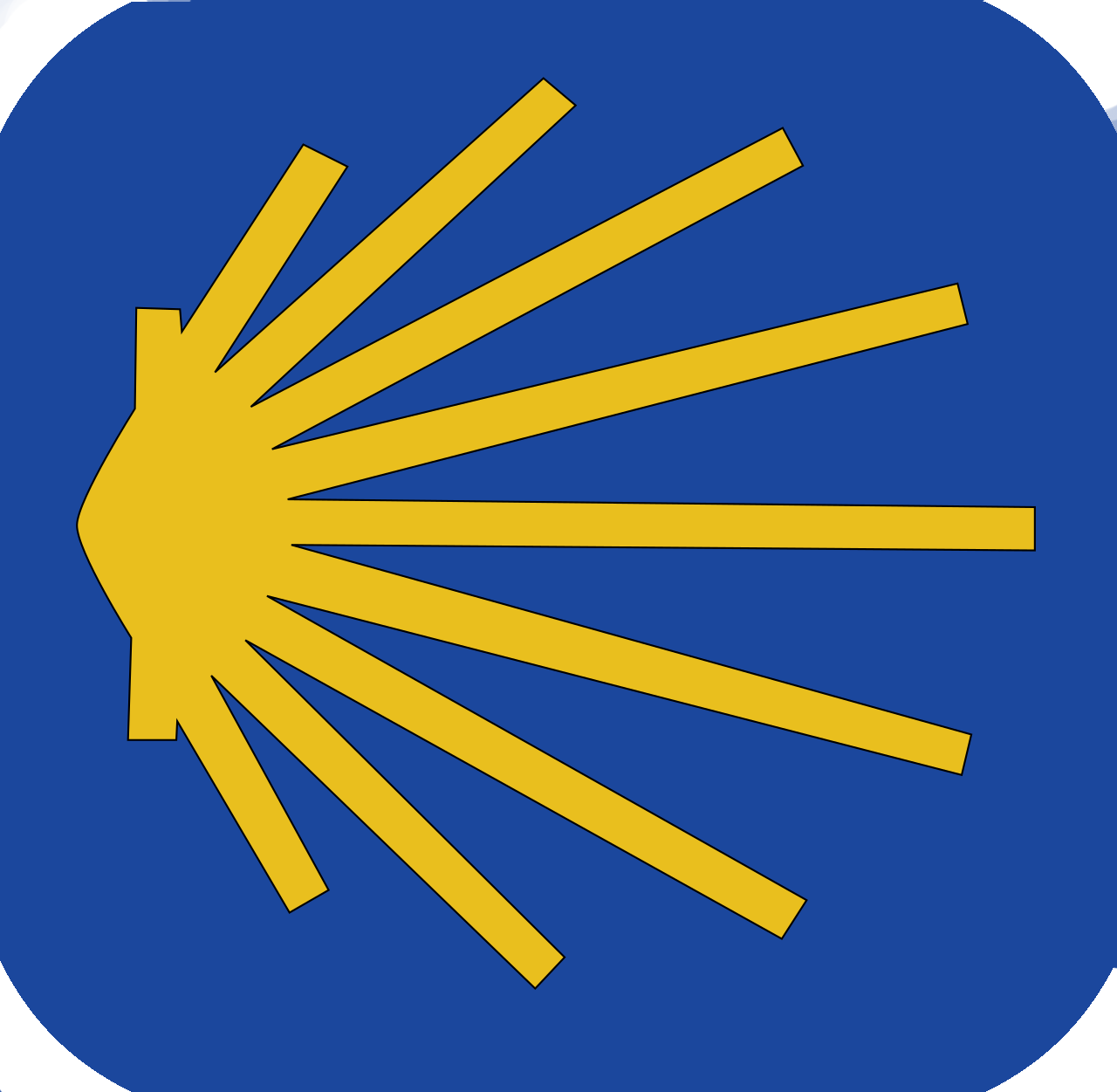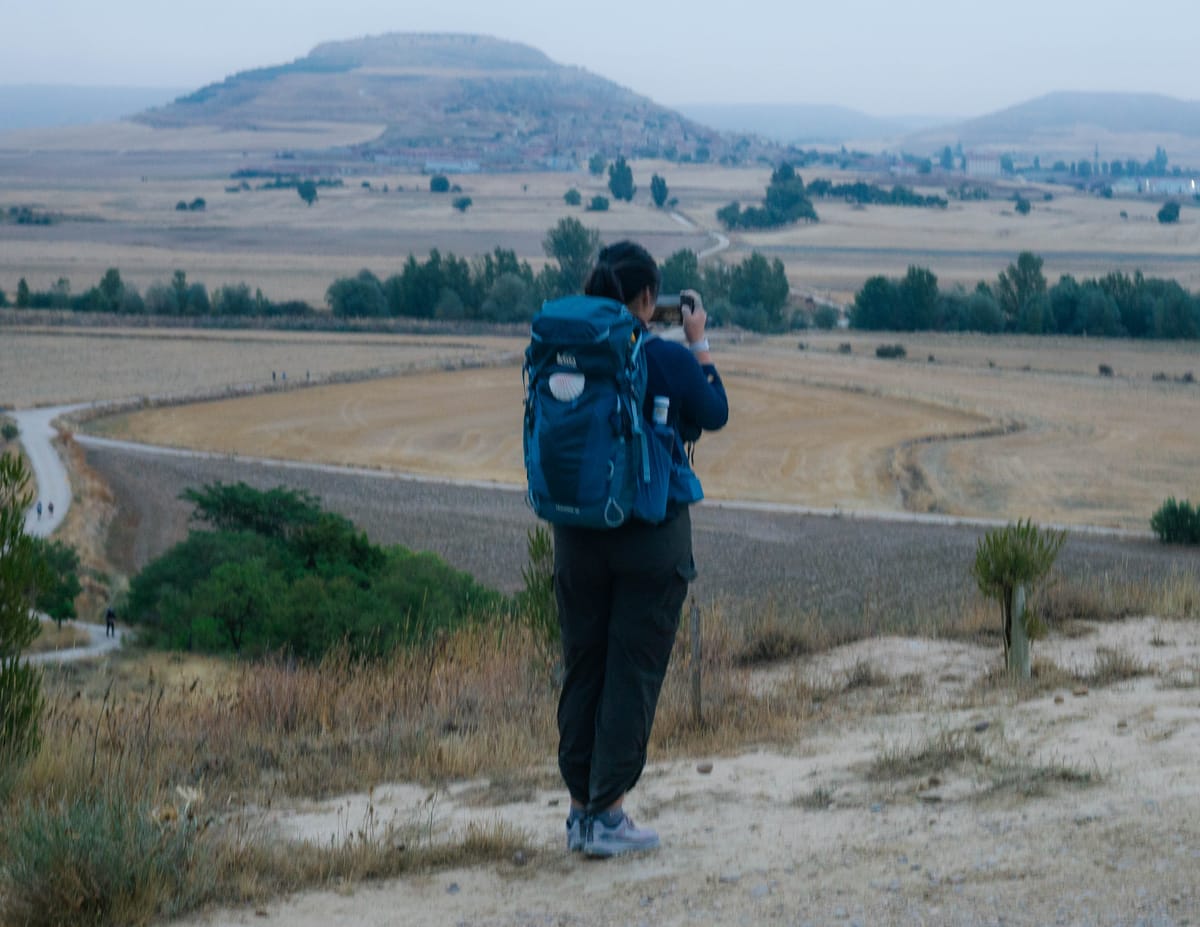I’m about to start walking the Camino de Santiago. It’s a 500-mile route across northern Spain that ends in Santiago de Compostela, where Saint James is believed to be buried. People have been walking it for over a thousand years. Some do it for religious reasons. Others do it for the challenge, or for time to think. Everyone has their own reason.
I’ll fly into Paris first. From there, I’ll take a bus down to Saint-Jean-Pied-de-Port. It’s a small town at the edge of the Pyrenees and the usual starting point for the Camino Francés. That’s where the walking begins. The trail goes over the mountains, through quiet villages, across farmland and open hills. If everything goes smoothly, I’ll finish around October 1.
This isn’t a vacation. It’s early mornings, tired legs, shared bunk beds, and sometimes bad weather. But that’s part of it. The Camino is simple. You wake up, you walk, you eat, you sleep. Then you do it again the next day. It clears out a lot of noise. Some people walk it to grieve. Some want a reset. Most are looking for something, even if they don’t know what it is.
The Camino isn’t really about the endpoint. It’s about what happens while you’re walking. You adjust to new routines. You notice small things. You meet strangers who feel like old friends. You figure things out, or maybe just accept that you won’t. You don’t need to be religious to walk it. But most people finish feeling a little different than when they started.





